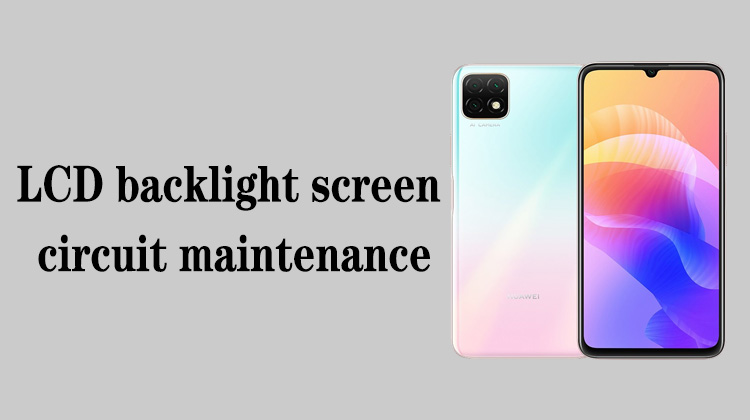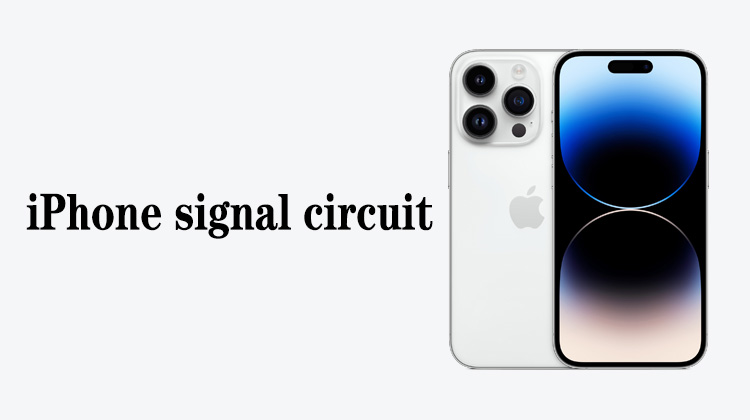1
00:00:00,666 --> 00:00:02,666
iPhone camera circuit repairing
2
00:00:04,000 --> 00:00:09,033
This video mainly explains the working principle of iPhone 12 and 12Pro wide-angle cameras
3
00:00:11,433 --> 00:00:14,833
Working principle step 1, when triggering the switch,
4
00:00:14,966 --> 00:00:18,066
after the camera power supply is in normal working condition,
5
00:00:18,200 --> 00:00:23,433
it will generate 1.8V power supply to provide the working voltage for the wide-angle camera
6
00:00:24,733 --> 00:00:29,733
Step 2, the camera power will detect the wide-angle camera through the I2C bus
7
00:00:31,733 --> 00:00:35,700
Step 3, after the camera power supply detects the wide-angle camera,
8
00:00:36,433 --> 00:00:39,800
it will send out a 24M clock signal for the camera
9
00:00:41,433 --> 00:00:44,833
Step 4, when starting up the camera circuit,
10
00:00:45,066 --> 00:00:51,500
the camera power supply first outputs PPVAR_AVDD2 to provide power for the wide-angle camera,
11
00:00:52,266 --> 00:00:55,333
and at the same time controls the camera conversion tube,
12
00:00:55,500 --> 00:01:01,466
so that the camera conversion tube outputs the PPVAR PVDD power supply of the wide-angle camera,
13
00:01:03,166 --> 00:01:07,400
and PP2V85 power supply, and PP1V1 power supply
14
00:01:11,600 --> 00:01:16,833
Step 5, the camera power supply sends an open signal to the wide-angle camera
15
00:01:21,866 --> 00:01:28,000
The working condition of the step 4 and step 5 will only last about 1 second during the startup process,
16
00:01:28,700 --> 00:01:30,733
and then the signal will be turned off
17
00:01:31,500 --> 00:01:34,733
After entering the system, when using the camera,
18
00:01:34,933 --> 00:01:38,466
then step 4 and step 5 working conditions will be issued
19
00:01:39,066 --> 00:01:42,466
The advantage of this design is that it can save power
20
00:01:42,966 --> 00:01:46,366
Step 6, when using the camera function,
21
00:01:46,833 --> 00:01:49,400
click the camera icon on the iPhone,
22
00:01:50,800 --> 00:01:53,166
the CPU will control the camera power supply,
23
00:01:53,200 --> 00:01:56,733
and let the camera power supply send the working conditions of the camera
24
00:01:57,533 --> 00:02:02,100
After the camera has working conditions, it starts to collect image information
25
00:02:02,566 --> 00:02:07,666
The camera will send the collected image information to the CPU through the LPDP bus
26
00:02:08,466 --> 00:02:10,800
After the CPU receives the data,
27
00:02:10,866 --> 00:02:13,533
it will display the information on the screen
28
00:02:16,800 --> 00:02:18,566
When we click the camera button,
29
00:02:18,666 --> 00:02:22,100
the CPU will intercept the current LPDP bus data
30
00:02:22,366 --> 00:02:26,033
and transfer it to the hard disk to complete the camera function
31
00:02:28,400 --> 00:02:30,566
When we click the recording function,
32
00:02:30,733 --> 00:02:35,366
the CPU will continuously transfer the LPDP bus data to the hard disk
33
00:02:37,000 --> 00:02:41,600
When we press stop, the CPU no longer collects LPDP bus data,
34
00:02:41,866 --> 00:02:44,033
and the video recording is completed
35
00:02:44,700 --> 00:02:50,800
In the functional block diagram, RCAM_TO_MANY_SYNC is the synchronization signal
36
00:02:50,800 --> 00:02:53,500
from the wide-angle camera to other cameras
37
00:02:54,066 --> 00:02:55,966
In the functional block diagram,
38
00:02:56,000 --> 00:03:00,033
steps 1-6 are the working conditions of the wide-angle camera
39
00:03:01,600 --> 00:03:05,733
If one is abnormal, it will cause the camera to fail to open
40
00:03:06,866 --> 00:03:08,700
That's all for this video






